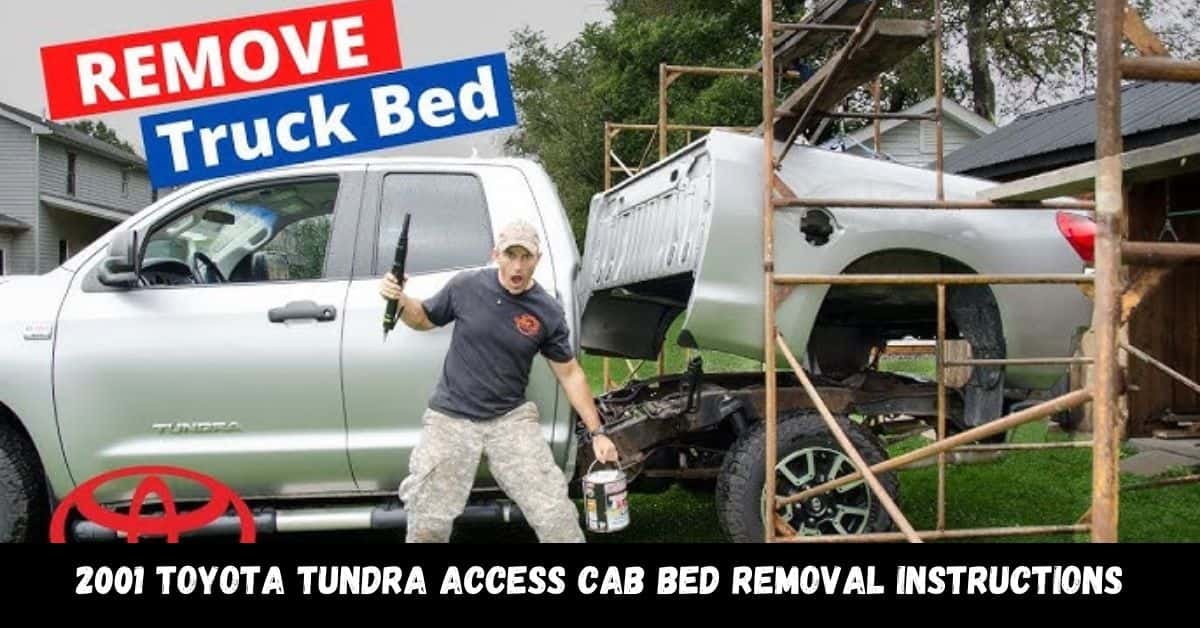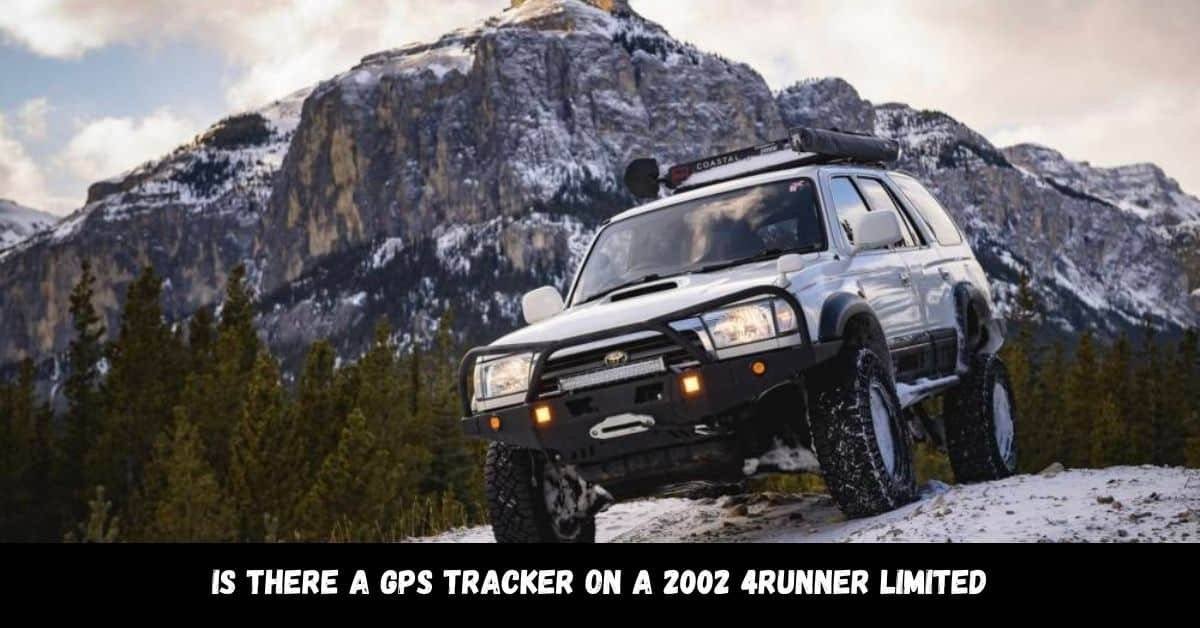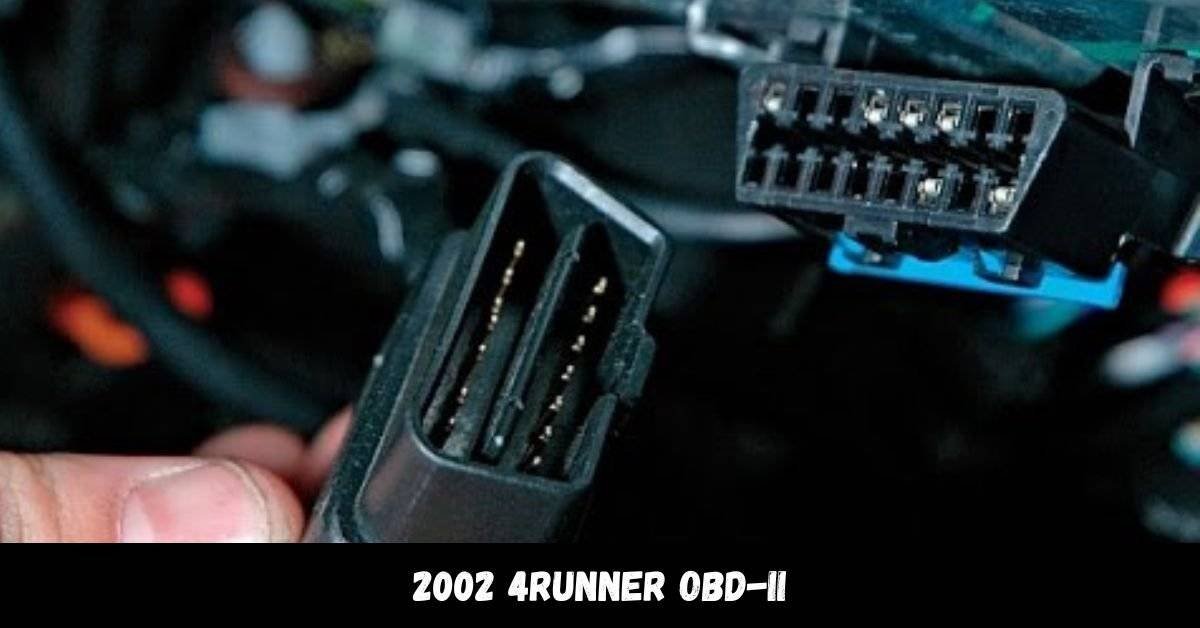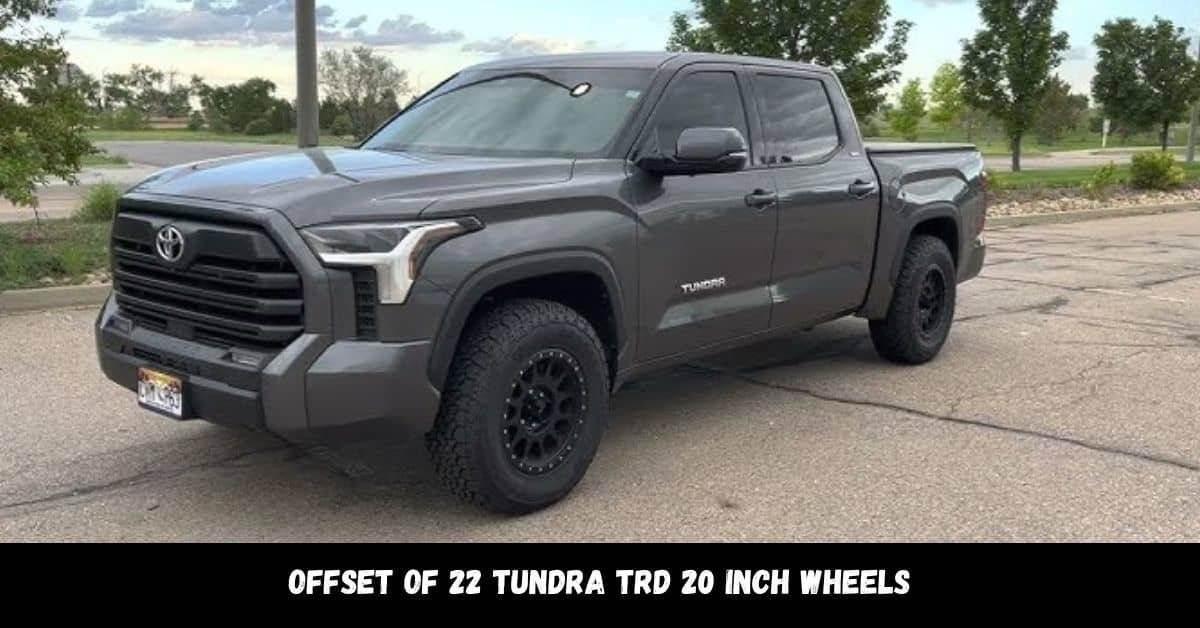For 2001 Toyota Tundra Access Cab Bed Removal Instructions, start by gathering tools like a socket set, wrenches, and safety gear. Disconnect the battery, remove the tailgate, and unplug any wiring. Next, unscrew the bed bolts and use a jack to support the bed while lifting it off. This process allows access for repairs or upgrades, ensuring your truck remains in great condition.
Last summer, I decided to tackle the bed removal on my 2001 Toyota Tundra Access Cab. My first attempt was a bit of a disaster; I struggled with the heavy bed and ended up not making much progress. Thankfully, my friend stepped in to help. Together, we followed a step-by-step guide, carefully disconnecting the tailgate and wiring. With both of us lifting, we successfully removed the bed and were able to address some issues underneath. It turned into a fun learning experience, and I felt accomplished after completing the project.
What You Need for 2001 Toyota Tundra Access Cab Bed Removal Instructions?
Before starting the bed removal process for your 2001 Toyota Tundra Access Cab, gather essential tools and materials to ensure the job goes smoothly. You will need a socket set for removing bolts, wrenches for various nuts, and screwdrivers for any screws. It’s crucial to have jack and jack stands to safely lift and support the bed while you work, so ensure they are in good condition. Additionally, protect yourself with safety gear like gloves and goggles to shield your hands and eyes from sharp edges or debris. Lastly, prepare a small container to keep all the bolts and screws organized during the removal process.
Which Steps Include for Safely Bed Removal?
The steps for safely removing the bed from your 2001 Toyota Tundra Access Cab include:
- Preparing the workspace
- Disconnecting the battery
- Removing the tailgate
- Disconnecting any wiring
- Removing bed bolts
- Supporting the bed with a jack
- Lifting the bed off
Why and When Remove the Bed?
You might need to remove the bed of your 2001 Toyota Tundra Access Cab for several reasons, including repairs or upgrades that require access to the frame or components like the fuel tank, installing a new bed liner, which often necessitates the bed’s removal, and restoration projects where you want to paint or repair the frame. Additionally, keep an eye out for signs such as rust or damage that may indicate the need for removal, ensuring your truck remains in good condition.
How to Prepare for Bed Removal?
Preparation is key for a smooth process:
- Park on a Level Surface: This ensures the vehicle won’t roll while you’re working on it. Use wheel chocks if necessary.
- Disconnect the Battery: Always start by disconnecting the negative terminal of the battery to avoid electrical issues. This can prevent short circuits or accidental shocks.
- Clear the Area: Make sure the area around your truck is free of clutter. This helps prevent accidents and gives you enough room to work comfortably.
How to Remove the Tailgate?
To remove the tailgate safely:
- Open the Tailgate Fully: This allows you to access the hinges easily.
- Remove Hinge Pins: Look for the hinge pins on both sides of the tailgate. Use a punch tool or a screwdriver to knock out these pins.
- Lift Off the Tailgate: Once the pins are removed, carefully lift the tailgate off its hinges and set it aside on a soft surface to avoid scratches.
How to Disconnect Wiring?
If your truck has lights or sensors in the bed:
- Locate the Wiring Harness: Follow the wires from the tail lights or sensors to where they connect to the truck.
- Unplug the Harness: Gently disconnect any plugs or connectors. Be careful not to pull too hard to avoid damaging the wires or connectors.
How to Remove Bed Bolts?
To remove the bed bolts:
Locate the Bolts:
There are typically six bolts securing the bed—three on each side. These bolts can usually be found near the rear and front of the bed.
Use a Socket Wrench:
Fit the correct socket onto the wrench and turn each bolt counterclockwise to loosen and remove them. If they’re stuck, you might need to apply some penetrating oil and wait a bit before trying again.
Keep Track of Hardware:
Place all the bolts and nuts in a small container to keep them organized for reinstallation later. Label the container if needed.
How to Support and Lift the Bed?
Proper lifting is crucial to avoid injury:
Position the Jack:
Place the jack under the bed’s support points, usually located towards the rear or sides of the bed.
Lift the Bed Slowly:
With the help of a friend, gradually lift the bed off the frame. Ensure everyone is coordinated when lifting.
Set It Down Securely:
Once clear of the frame, set the bed down on a padded surface (like cardboard or blankets) to prevent scratches and damage.
What to Do After Removing the Bed?
Once the bed is off, take these steps:
- Inspect the Frame: Look for any rust, damage, or wear that may need fixing. This is a great time to address any issues you find.
- Clean the Area: Remove any debris, dirt, or rust from the frame. This will prepare it for any repairs or maintenance.
- Plan for Reinstallation: If you plan to reinstall the bed, check that all components are ready and that you have all the necessary tools handy.
Which Safety Tips to Follow?
Keep these safety tips in mind during the process:
- Use Jack Stands: Always use jack stands to support the vehicle if you’re working underneath it. Never rely solely on the jack.
- Wear Protective Gear: Always wear gloves to protect your hands from sharp edges and goggles to protect your eyes from debris.
- Get Help: Having a friend assist you is essential for lifting heavy components and ensuring safety during the removal process
How Many People Do I Need to Remove the Truck Bed?
It is highly recommended to have at least two people for this job. The bed can be heavy (weighing several hundred pounds) and awkward to handle alone. Having a partner will make it safer and easier to lift, maneuver, and place the bed down without risking injury.
How to Remove a Plastic Bed Liner?
To remove a plastic bed liner:
- Locate Fasteners: Check for any screws or clips holding the liner in place. These are often found around the edges of the liner.
- Remove Fasteners: Use a screwdriver to take out any screws, and gently pry off clips if present. Be careful not to break the clips, as you might need them for reinstallation.
- Lift Out the Liner: Once all fasteners are removed, carefully lift the liner out of the bed. It should come out easily without force.
How Hard Is It to Remove the Bed?
Removing the bed from a 2001 Toyota Tundra Access Cab is moderately challenging. The process requires some mechanical knowledge and access to tools. If you follow the steps carefully and have assistance, most people with basic DIY skills can complete the task without too much trouble.
Replacing Bed on ’01 Tundra with ’03?
If you are considering replacing a bed from a 2001 Tundra with one from a 2003 model:
Compatibility:
Generally, beds from these model years are compatible since they share similar designs. However, check for specific differences in mounting points or features to ensure a proper fit.
Installation Steps:
Follow the same removal and installation steps, ensuring that all bolts and connections align properly. You may need to adjust wiring or other components depending on any new features in the ’03 bed.
2001 Tundra Cab Swap 5VZ to 2UZ:
Swapping the cab from a 5VZ engine to a 2UZ engine involves several important steps:
Engine Removal:
You’ll need to remove the engine and possibly the transmission to make room for the new engine. This often requires additional tools and expertise.
Cab Compatibility:
Ensure that the cab you’re installing will fit the new engine configuration. There might be differences in mounts or wiring harnesses.
Wiring and Connections:
Pay close attention to the wiring harnesses and engine mounts during the swap. You may need to modify or replace certain connections for the new engine to work properly.
FAQs about 2001 Toyota Tundra Access Cab Bed Removal:
Can I remove the bed without special tools?
While basic tools like wrenches and screwdrivers can work, having a socket set and a jack makes the process much easier and safer.
How long does it take to remove the bed?
The entire process can take about 2 to 4 hours, depending on your experience and whether you have help.
What if I break a bolt while removing the bed?
If a bolt breaks, you may need to use a bolt extractor tool or drill it out, which can take extra time and effort.
Do I need to worry about the truck’s wiring?
Yes, it’s important to carefully disconnect any wiring related to tail lights or sensors to avoid damaging the electrical system.
Can I remove the bed alone?
It’s recommended to have at least one helper since the bed is heavy and awkward to handle on your own.
Conclusion:
Removing the bed from your 2001 Toyota Tundra Access Cab is a manageable task with the right tools and preparation. Whether you’re making repairs, installing a bed liner, or restoring your truck, following the proper steps ensures a safe and efficient process. Always prioritize safety by using jack stands and having a helper on hand. By understanding these bed removal instructions, you can maintain your Tundra effectively and keep it in great shape for years to come.









